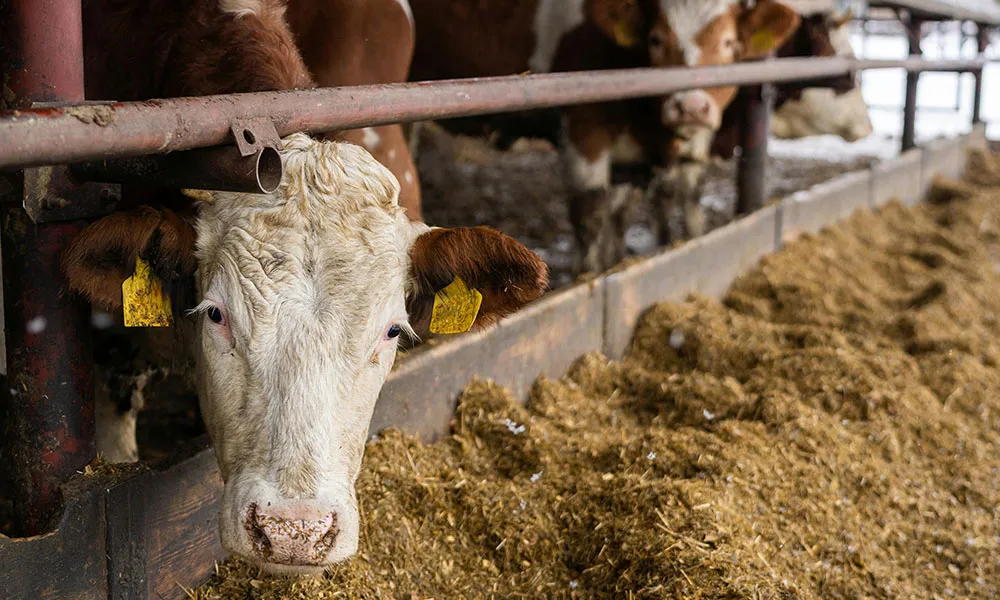There has been a lot of talk in recent weeks about the risk of the Bluetongue Virus arriving in Ireland. And while I don't think farmers should be unduly worried about this possibility, it is nonetheless important that we understand what the disease is and how we can identify it in our animals.
What is Bluetongue?
Bluetongue disease is an illness that affects ruminants in some parts of the world. At present there has not been a case of the disease identified in Ireland, but experts fear that the disease may take hold here in the coming years. Bluetongue is a severe illness with a high mortality rate among infected animals. However, humans cannot contract it and it does not pose a risk to food safety.
If you suspect that you have an animal with Bluetongue disease, you must notify the Department of Agriculture, Food and the Marine (DAFM) immediately.
What are the symptoms of Bluetongue?
Many animals with Bluetongue may be asymptomatic, which can make the containment of disease difficult. Symptoms are likely to be more pronounced in sheep than in cattle. Among the foremost symptoms of animals suffering from Bluetongue are the following:
- A fever
- A loss of appetite
- Low milk yield in mothers
- Sores around the nose and mouth
- Swollen lips and tongue (hence the name Bluetongue)
- Difficulty breathing due to a swollen tongue
- Drooling
- Lameness
- Nasal discharge
- Discharge from the eyes
- Walking with a limp
- Fetal abnormalities and aborted foetuses
- Death
If your animals exhibit any of these symptoms, you should contact your veterinarian for a diagnosis. If Bluetongue is confirmed, you are obliged to contact the Department immediately.
How do animals contract Bluetongue disease?
Animals contract the Bluetongue Virus through the bites of certain species of midge. It will come as no surprise to rural dwellers that many of these midge species are present in Ireland. Typically, the midges transmit the virus by feeding off the blood of an infected animal before moving on to other, previously uninfected, animals. Given that midges tend to proliferate during the summer months, we are currently in the middle of the highest risk period for the spread of the Bluetongue Virus. However, transmission may occur as early in the year as April, and as late as November.
The fear at present is that easterly winds coming from continental Europe will bring infected midges to Irish shores. If it were to arrive in Ireland, there is reason to believe that the disease could spread rapidly through Irish flocks and herds. Farmers should note that the disease would be a particular concern if contracted by pregnant cows and ewes, as the disease may be spread from the dam to the unborn offspring.
Where in Europe is the disease prevalent?
Many European countries, including Ireland, have no recorded cases of Bluetongue Virus. These include the UK and much of central and northern Europe. The disease is most prevalent in the Mediterranean countries, making the import of animals from some of these countries a particular concern for Irish farmers.












